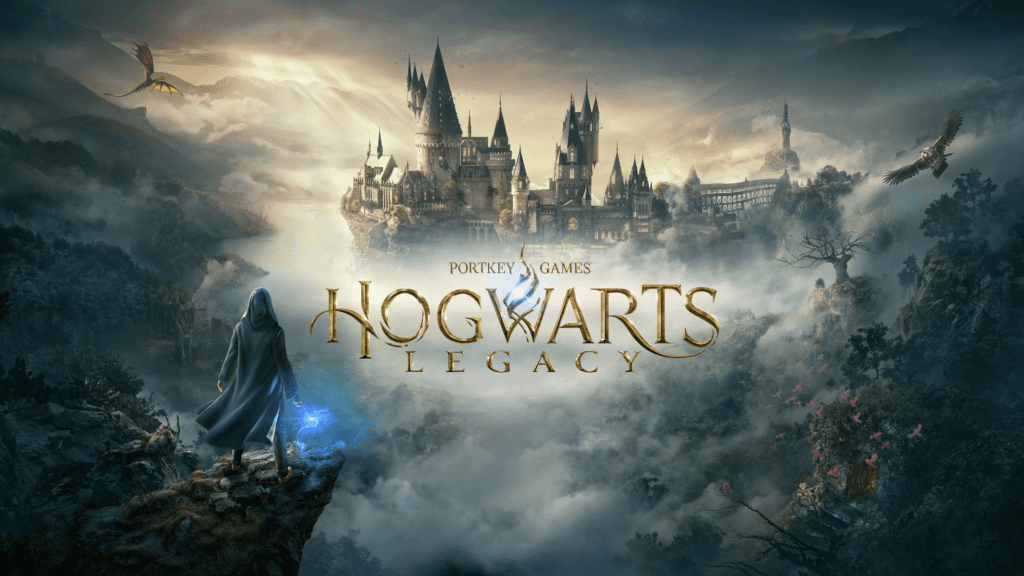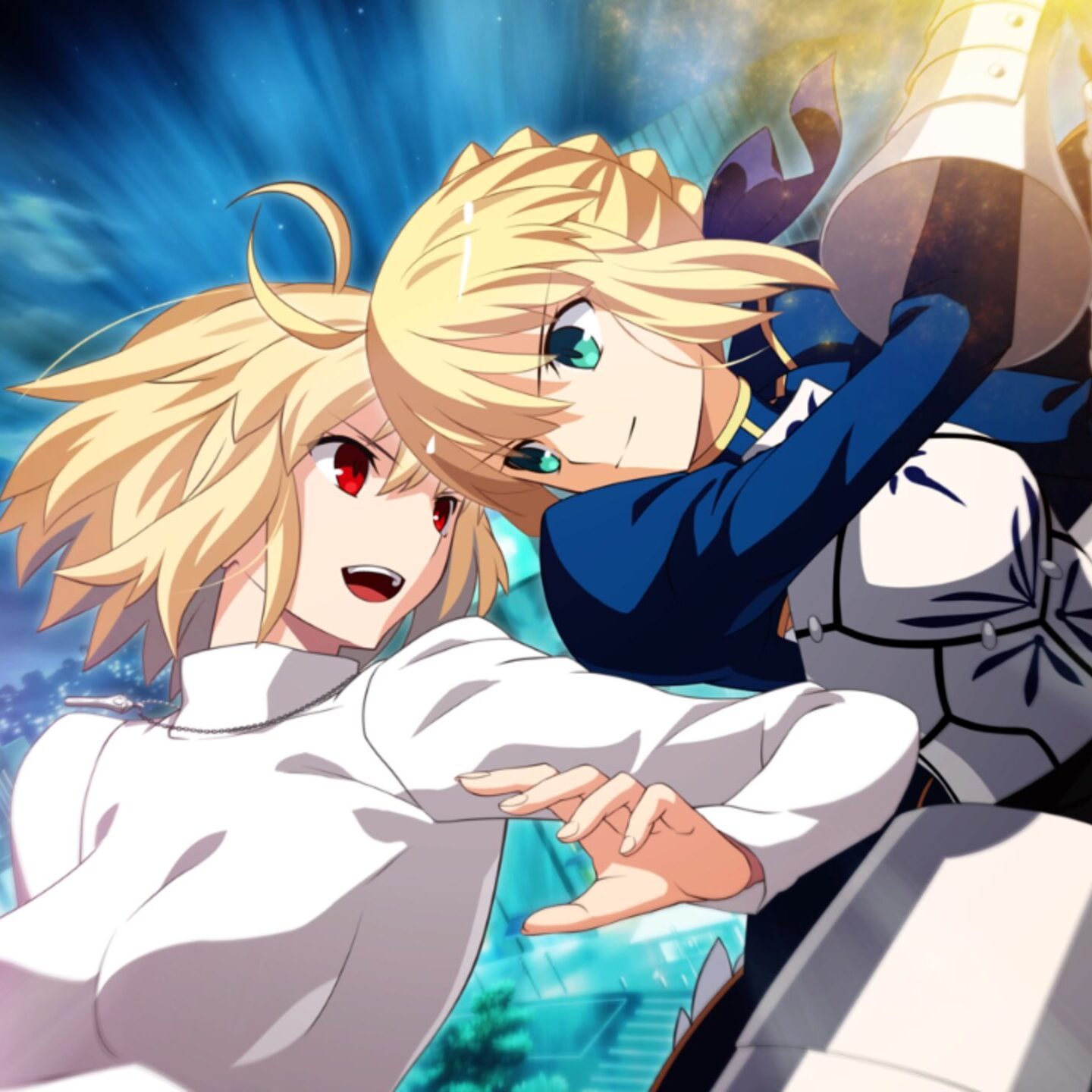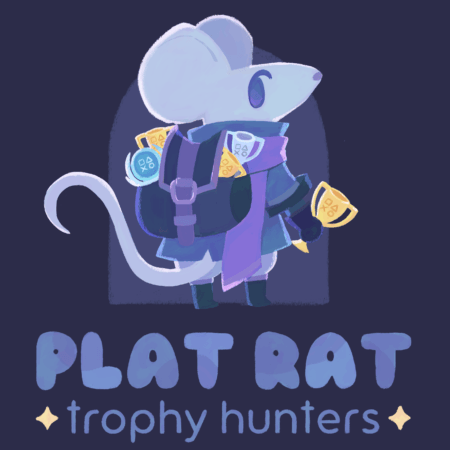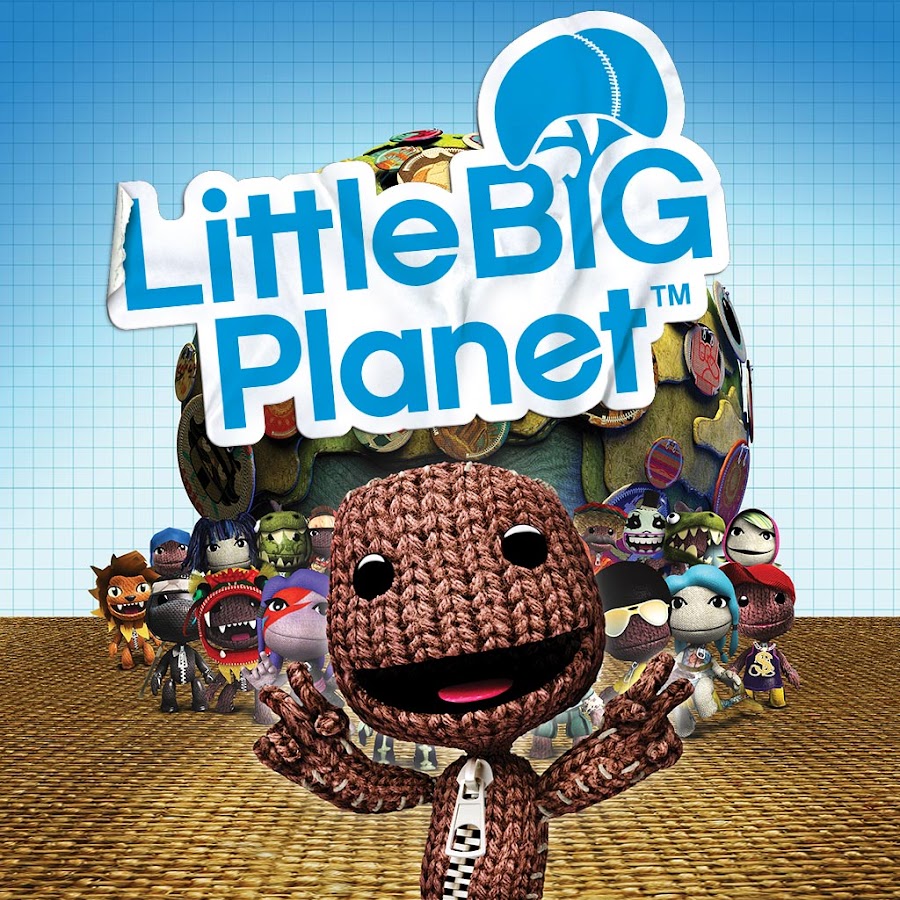
We all have them. Small, petty gripes that grate our nerves like nothing else. In our daily lives, it might surface when you least expect it; a stranger opening noisy foil wrapping at the cinema, your pet grooming itself next to you, or a neighbor parading what must be elephants above your ceiling. Whatever mundane thing it is, you likely have something seemingly benign that makes you see red.
It follows then that trophy hunters have their fair share of grievances related to the hobby. Seeing as we spend hundreds of hours in video games in pursuit of the glorious platinum trophy, we are bound to have opinions about our experience.
In this article, we discuss a number of trophy hunting pet peeves that like-minded gamers will relate to. Whether enacted by game developers or painfully prescribed by trophy guide authors, what drives you mad?
Table of Contents
11. Collectible Trophies With No Tracking
Collectibles have been a constant force in video games far longer than achievement systems. They go hand-in-hand nowadays, though, as collectibles are among the simplest challenges games can implement. When developers plan with careful consideration for the player’s experience, collectibles can be a fun addition to nearly any journey.
However, not every game goes to such lengths for the player’s benefit. Many titles push collectibles and bare-bones side quests to pad the core experience rather than add any meaningful features. It is often very obvious when collectibles serve as window-dressing and nothing more.
The biggest tell is whether or not the game properly tracks your progress. Sometimes, this is displayed explicitly in-game via a quest log or library tab in a menu. Others may utilize the built-in tracking within PlayStation’s trophy system. However, a few might neglect to show your progress at all. Worse yet, these games may still be keeping track of your progress in the background, meaning the lack of transparency is often an express choice.
For trophy hunters, this can be incredibly frustrating when it happens. All it takes is to be burned once before you feel a persistent urge to record your progress manually in a second location for every game you play. That’s why a spreadsheet can often be a trophy hunter’s best friend. As the familiar adage says, one should always measure twice and cut once, whether in trophy hunting or sewing.
Okami HD is an excellent example of a game that took great care when implementing collectibles. To earn the platinum trophy, you must find all 100 Stray Beads scattered across Nippon. Successfully doing so nets you an overpowered relic that you can use in future playthroughs. More to the point—Okami HD shows an explicit list of which Stray Beads have been collected in-game. It is trivial to figure out which ones you’ve missed when cross-referencing a complete set.
On the other hand, Ni No Kuni II: Revenant Kingdom serves as a cautionary tale. The trophy “God of War” is earned once the player has completed all 50 skirmish battles in the game. There is no way to tell which ones you’ve completed nor where they spawn in the overworld.
You can see how many you’ve completed in the library menu, however, this value does not account for unique encounters; In other words, if you’ve repeated any skirmish battles, this number will not accurately capture your progress toward the trophy. The only way to tell whether or not you’ve completed a given skirmish is to find it and take note of its color.
In practice, this means you may find yourself one or two skirmish battles short at the end of your trophy hunting journey with no clue as to which ones were missed. If this is you, prepare to spend an hour or two reloading saves and scrolling through the world map, hoping you don’t miss the proper icon.
While games have generally improved the player’s experience over time, there are still far too many examples of collectibles done poorly. For that reason, collectibles will likely not see an improvement in their reputation any time soon.
10. Multiplayer Trophies in a Single-Player Game
Picture this: One of your favorite video games of all time is set to get a sequel. The development team and voice cast are all returning, the narrative is picking up right where things left off, and it is receiving significant marketing efforts indicative of a knockout budget. Even better, the trophy set gets leaked ahead of time, and it has all the markings of an enjoyable trophy hunt. Not too easy, not too hard… Perfect, right?
Until you scroll down and find that this picturesque game has added a secondary game mode that no one asked for or expected. Earning the platinum trophy in your seemingly ideal title will require you to dabble in an online multiplayer mode!
Although this trend seems to be winding down in recent years, there was a long stretch of time where it seemed every game included unnecessary online modes. While more content is generally preferable to less, this isn’t really the case in most trophy hunters’ eyes. Many of us balk at the decision to add multiplayer content to single-player games, as this can effectively gate off the platinum trophy for many players. Never mind the fact that the platinum trophy will eventually be unobtainable after server shutdowns.
Take The Last of Us, for example. This first-party PlayStation title has been praised for its strong storytelling and immersive gameplay. Although it follows a familiar post-apocalyptic zombie scenario, it does so with class. Its trophy set is mostly reasonable, if difficult; you must beat the game on the hardest difficulty.
However, even if that doesn’t dissuade you from attempting to earn the platinum trophy, you must also take part in the online-only Factions mode. In fact, you need to fully complete both the Firefly and Hunter journeys. This is easily 20-30+ hours of matches, meaning completionists might spend just as long in The Last of Us’ single-player content as its multiplayer.
Thankfully, Naughty Dog has seen the light since this release. The Last of Us Part 1 redux in 2022 completely removed the Factions mode. To earn the platinum trophy for the newer version, you simply need to complete the various story-related trophies.
9. Never-Ending DLC Stacks
Whether or not a game should add trophies for DLC content post-release is debatable. Some trophy hunters despise when future trophy stacks render their perfect 100% list incomplete. It can be even more aggravating when you’ve long since uninstalled the offending title and have no desire to return to it. Along the same lines, purchasing DLC to maintain your completion percentage can quickly become expensive.
On the other hand, some trophy hunters may be disappointed when new DLC releases skip out on adding trophy sets. These players will lament that they have no reason to play the new content if they don’t get any new trophies out of it.
Regardless of where you stand, we can all agree that too much of a good thing can also be problematic. Games that add new trophy stacks every few months can be incredibly annoying, especially if you’re the type of person who enjoys jumping between different genres and styles of gameplay frequently. Returning over and over again for each new release can wear on one’s soul, turning an enjoyable gameplay experience into a battle of attrition that no one’s winning.
One of the biggest offenders of this is Dead by Daylight. This live-service asymmetrical horror game has added hundreds of trophies over the last 9 years since its initial debut. With new DLC chapters being released nearly every quarter, achievements are added faster than they can be completed by the average player.
This might be a bonus if you’re a massive fan, but most trophy hunters would prefer to move on to new experiences. After all, despite all its bluster, Dead by Daylight only amounts to one platinum trophy at the end of the day. In a sense, its continuous stream of achievements could be construed as the Entity luring us into its realm for undue punishment.
8. Trophies That Take Significantly Longer Than the Game’s Story
Trophy hunters are not strangers to grinding in video games. Reaching 100% completion of a title often means reaching the maximum level cap or earning enough money to run a small country. Being forced to grind for resources in a game can be annoying, but is generally harmless.
A larger problem arises when achievements have extensive requirements for the sole purpose of padding runtime. Games that ask players to grind for dozens of hours beyond the point of novel gameplay are an affront to the virtues of trophy hunting.
Spending time to prepare for secret bosses is one thing; reaching level 200 with no overarching goal is quite another. Such experiences have often made me wonder how much effort was put into a game’s development. Particularly poor trophy hunts give the impression that I’ve put more time and effort into a game’s achievements than the developers themselves.
One game that immediately comes to mind is Digimon All-Star Rumble. The game’s campaign is incredibly short; a single character’s story can be completed in just 45 minutes to an hour. The narrative is incredibly repetitive across all characters, too.
Even if you counted each playthrough as a wholly unique experience, you’d only have about 5-10 hours of content in the entire game. Multiply that by a factor of 10 for your estimated total time investment, as you must collect every single DigiCard in the game on the path to the platinum trophy. That’s more than 100 hours of grinding depending on how lucky you are. If you’d like to earn this platinum trophy in the most efficient way possible, check out our Digimon All-Star Rumble trophy guide.
Earning a game’s platinum trophy is the greatest honor a trophy hunter can bestow. To that end, it is a shame when titles don’t respect our time.
7. Games That Inexplicably Don’t Have a Platinum Trophy
There’s nothing quite like the rush you get when you earn a platinum trophy for a beloved title. Immortalizing your favorite video game on your profile or platinum trophy mosaic is an incredible feeling. You can share the good word of J.J. Macfield and the Island of Memories at long last!
Or, at least, you would… If it had a platinum trophy in the first place. For one reason or another, some games never get the platinum trophy treatment. It makes sense for small experimental games or titles that share the same launcher, but in some cases, it defies all reason.
It hurts the most when you had every reason to believe a game would have a shiny platinum trophy. It can even make you wonder whether its exclusion was an explicit decision from the development team to spite trophy hunting fans!
We compiled a list of PlayStation games we were surprised didn’t have platinum trophies in June 2024. While they all stung, one standout was Iconoclasts.
This indie platformer is not for the faint of heart; earning all its trophies is liable to take 20-30 hours depending on your skill level. You need to beat the game on Challenge Mode difficulty, which is incredibly tough. Given the quality of the game and its extensive trophy requirements, it is baffling that it didn’t launch with a platinum trophy.
6. Being Forced to Ignore Specific Game Mechanics for Efficiency’s Sake
Sometimes, trophy hunters can be their own worst enemy. When games ask players to do tedious tasks or adopt un-fun playstyles, we tend to min/max the experience to get through it as expediently as possible. That’s why many trophy guide authors suggest playing on higher difficulties or engaging in in-game activities earlier or later than intended; while these decisions may make things harder in the short term, they may ease the time required for the platinum trophy significantly.
One common trophy requirement sees players earning large amounts of in-game currency. Sometimes these achievements account for lifetime wealth, meaning you can spend your funds as you see fit without impacting the trophy’s tracking.
Others, however, may require you to hold a specific amount in your wallet at one time. This requirement can indirectly lead to players abstaining from buying any items or equipment for vast stretches of the game. Since build-crafting can be such a vital part of an RPG, avoiding such features can be detrimental to your overall enjoyment of the game.
Ni No Kuni II: Revenant Kingdom has one such trophy. “Royal Mint” is earned once you have accumulated 500,000 Guilders in your wallet at one time. Unfortunately, you will not be anywhere close to that number by the end of your adventure. That means you won’t be able to craft new equipment, upgrade your magic spells, or concoct new Higgledy allies until you’re in the post-game. Otherwise, you may have to spend more time than necessary grinding at the end.
Another example is in the Mass Effect series. The Legendary Edition has 11 additional trophies whose scope span the entire trilogy. They track your relationship status, difficulty setting, and the number of enemies defeated throughout Commander Shepard’s story.
The “Bruiser” trophy from this auxiliary trophy set is unlocked by defeating 100 enemies with melee attacks. Players familiar with the Mass Effect series might be surprised at the inclusion of such a trophy. After all, the game’s combat revolves around gunplay and superhuman powers. Why would you choose to punch a Geth soldier when you could throw them in a black hole instead?
Nevertheless, if you wish to earn 100% of Mass Effect’s trophies, you will need to do so. Unfortunately, that means ignoring your preferred kit and opting for more base ways of attacking for a substantial number of fights.
5. Difficulty Trophies That Don’t Stack
Trophies that unlock after beating games at certain difficulty levels are a point of contention for many trophy hunters. Some players prefer when games let you decide what’s best for your individual skill level, while others enjoy the added challenge and prestige that comes with such achievements. What is not controversial, however, is how annoying non-stacking difficulty trophies are.
These are achievements that needlessly require multiple playthroughs to be unlocked. Even if you play on the hardest difficulty possible, you will have to complete the game on every single difficulty setting below it to unlock their respective trophies. One overlooked coding snippet can unfortunately add several dozens of repetitive hours in playtime for trophy hunters.
Kingdom Hearts on the PlayStation 3 is a title with non-stacking difficulty trophies. If you intend to earn its platinum trophy, you will need to complete three distinct playthroughs for its various difficulties. In this case, that includes Beginner, Final Mix, and Proud difficulty modes. Thankfully, the PlayStation 4 release remedied this issue.
4. Gimmick Trophies That Don’t Make Sense
You can generally tell when a game developer has fun with their trophy lists. While any game can have generic achievements for passing certain story beats or besting bosses, only special cases will make us pause our game to check what we did to trigger an unexpected trophy. Random trophy unlocks are among the most fun moments a trophy hunter can experience.
These so-called gimmick trophies usually have hyper-specific requirements that are met during casual play. However, these “easy” trophies can sometimes be the worst.
Take, for example, the modern Assassin’s Creed games. Recent entries in the series have a common thread in their trophy sets: Overdesign. In Assassin’s Creed Valhalla, the trophy “Overdesign II” is unlocked by defeating three hard-difficulty soldiers without breaking their shields… while you are ON FIRE.
It sounds straightforward enough, but each additional layer adds further complexity. You don’t run across hard-difficulty enemies in every battle, much less with shields. Furthermore, the duration of fire effects can vary, so you could very well defeat the enemies after your flames have been extinguished. It can be frustrating to get all the stars to align for this trophy.
An earlier iteration of the trophy was “Overdesign” in Assassin’s Creed Origins. In this title, the achievement could be earned by defeating a poisoned level 35+ enemy with a torch in less than 30 seconds. Again, making sure each requirement of the trophy is fulfilled at once can be a challenge.
Repeatedly failing such trophies can quickly raise one’s blood pressure. It’s even worse if resetting the game’s state requires force quitting the game to try again. You often can’t leave the area to do anything else in the game, either, or else you’ll waste any time already invested while making preparations.
3. Missable Trophies That Are Impossible Without a Guide
Seasoned trophy hunters will often check guides before starting a new game for one big reason: missable trophies. No player wants to reach the end of a 100-hour-long JRPG only to learn they’ve missed something important during the first third of the game. Being forced to undertake a needless second playthrough to remedy your own mistake has to be one of the most bitter applications of medicine.
Wherever possible, I prefer to play games without guides. If a title is short, I don’t mind doing a blind playthrough, followed by a second one specifically targeting trophies that were missed. This allows me to appreciate a game as intended, well before my judgment is clouded by completionist tics.
However, this is a luxury that can’t always be accommodated. Whether due to long experiences or stringent trophy requirements, a guide is sometimes required. Trophies that outright necessitate step-by-step walkthroughs can often detract from the experience. Shuffling between screens to make sure you haven’t missed a particular dialogue or item needed for a trophy has to be one of the biggest first-world problems to ever exist.
While I can accept missable trophies that can be picked up with thorough enough gameplay, I cannot stand achievements that call for prerequisite knowledge. I’m the type of player who speaks to every NPC in towns and checks every nook and cranny for hidden items. If I’ve passed up a trophy, more often than not, it was hidden with great intention.
A recent title that has besmirched the good name of missable trophies is Metaphor: ReFantazio. The trophy “Bookworm” is unlocked once the player has successfully read through all 7 books in the game. For whatever reason, one book can only be grabbed during a brief window in Brilehaven. Worse yet, the book isn’t available upon entering the city, but rather after some story events have taken place. If you’ve already explored the town in its entirety upon arrival and don’t do another sweep later on, you will almost certainly miss this book.
Having gone through this in my playthrough of the game, I decided to create a calendar for all missable trophies in Metaphor: ReFantazio. It is a simple, visual reference to ensure your playthrough proceeds seamlessly so you don’t make the same mistakes I did.
2. No In-Game Rewards for Completing Achievement Requirements
While trophy hunters primarily care about the almighty platinum trophy, we do still enjoy other rewards. Earning a cool weapon in a game we’ve fully completed can inspire us to play a bit longer than we otherwise would have. This is made all the more gratifying if it’s earned before the end of our trophy hunt, such that we can put our gift to good use.
On the other hand, not being rewarded for difficult or tedious tasks can be a big trophy hunting pet peeve. Getting a downright awful reward can arguably be even worse, too. The most famous example would be Hestu’s Gift, a useless item given to the player for finding all 900 Korok seeds in The Legend of Zelda: Breath of the Wild.
Another example of an openly hostile reward would be from Assassin’s Creed 2. Once you’ve found all 100 collectible feathers, you unlock the Auditore Cape. This cosmetic item makes you notorious, and enemies will immediately recognize you and go on the offensive.
Digimon All-Star Rumble was mentioned earlier in this article. Several games in the Digimon series have trophy requirements related to finding all DigiCards. Every single time, this task is incredibly tedious. And, every single time, there is no cogent reward for doing so.
1. Trophies That Insult You
Have you ever had a trophy call you out for being bad at the game before? Some titles have silly achievements that are unlocked after seeing “Game Over” screens or failing the objective enough times. These cheeky inclusions can inspire either laughter or rage, depending on how charitable your mood is at the time.
There are many examples of developers having fun with trophies at our expense. Splasher, for example, has a trophy titled “Epic Fail.” This achievement is unlocked when you and your ward both meet an untimely demise.
Monster Prom: XXL has many similar trophies. “Epic loser” is earned after being rejected by a love interest. Seeing every possible dialogue option yields the trophy “Honey… this isn’t healthy.” While true, it still hurts!
Failing a mission in I Am Bread will also net you the trophy “I Am Dead,” with a trophy icon showing a trash bin indicating that you are no longer fit for consumption. Whatever happened to the 5-second rule?
While achievements like this are all made in good fun, they can occasionally be an annoyance. Trophies are generally reserved for overcoming a challenge, so earning one out of pity doesn’t sit right with more serious trophy hunters.
Conclusion
Anything we put time into is bound to spawn negative energy at some point. Trophy hunters have pet peeves related to their hobby just like everyone else. Do you relate to any of our trophy hunting pet peeves? Let us know which ones we missed in the comments!







Leave a Reply